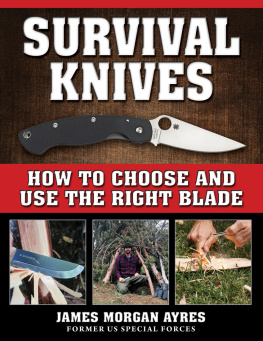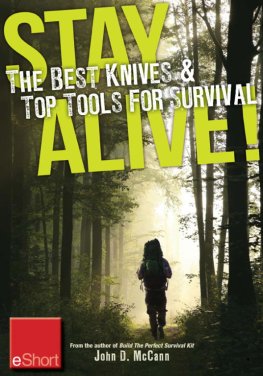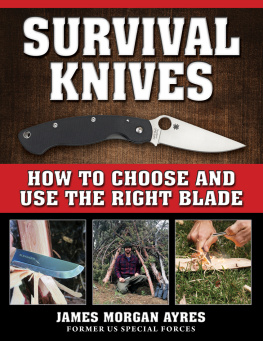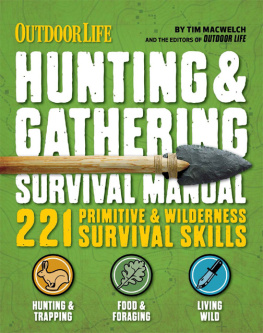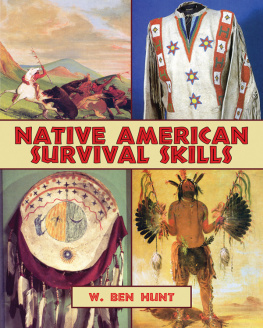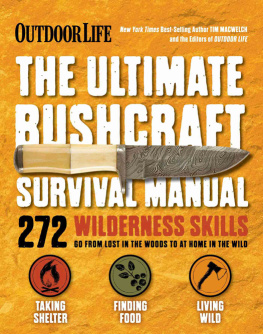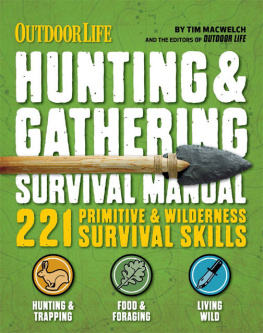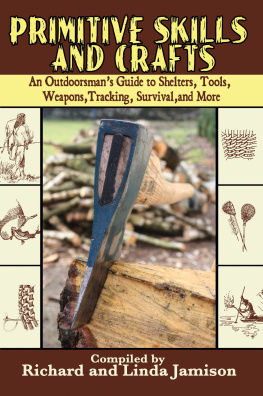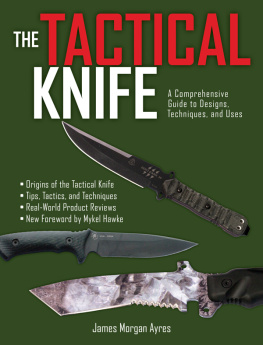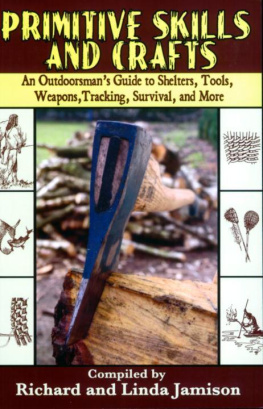

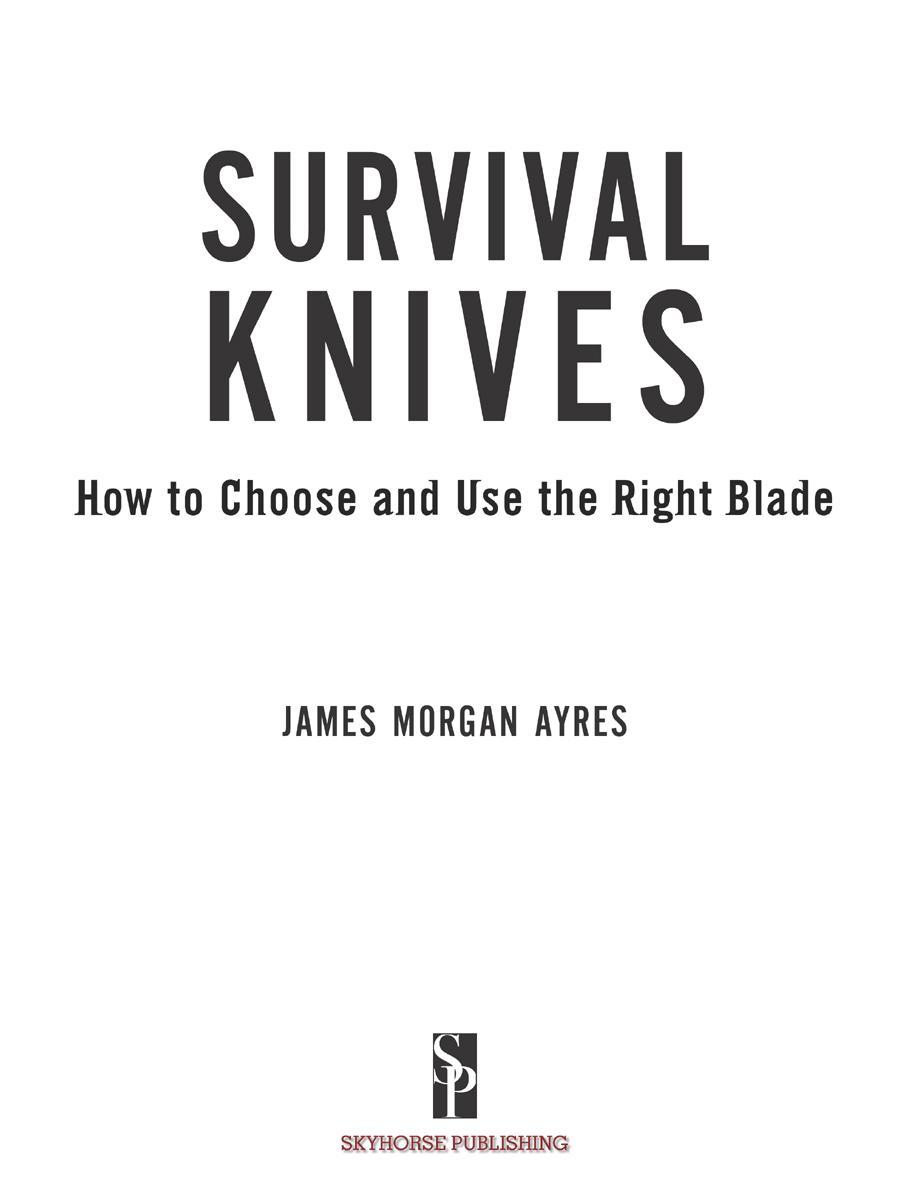
Copyright 2018 by James Morgan Ayres
All rights reserved. No part of this book may be reproduced in any manner without the express written consent of the publisher, except in the case of brief excerpts in critical reviews or articles. All inquiries should be addressed to Skyhorse Publishing, 307 West 36th Street, 11th Floor, New York, NY 10018.
Skyhorse Publishing books may be purchased in bulk at special discounts for sales promotion, corporate gifts, fund-raising, or educational purposes. Special editions can also be created to specifications. For details, contact the Special Sales Department, Skyhorse Publishing, 307 West 36th Street, 11th Floor, New York, NY 10018 or .
Skyhorse and Skyhorse Publishing are registered trademarks of Skyhorse Publishing, Inc., a Delaware corporation.
Visit our website at www.skyhorsepublishing.com.
10 9 8 7 6 5 4 3 2 1
Library of Congress Cataloging-in-Publication Data is available on file.
Cover design by Tom Lau
Cover photo credit: James Morgan Ayres
Print ISBN: 978-1-5107-2842-4
Ebook ISBN: 978-1-5107-2843-1
Printed in China
CONTENTS
INTRODUCTION
I t might seem excessive to devote an entire book to a simple tool, but there is more to the survival knife and its uses than is immediately apparent. A survival knife could save your life. And so, it deserves our attention.
All the following events took place within the past few years; many were reported in the media:
On 9/11, a young woman was inside a shipping container in Manhattan taking inventory when the explosions at the World Trade Center flipped the container onto its side, breaking her arm and trapping her. No one heard her cries for help for hours. She was growing weak and in much pain when a firefighter leaving the scene heard her. He had no tools with him other than his pocketknife, which happened to be a tactical folder, a strong folding knife with certain attributes I will detail later in this book. Using a chunk of broken concrete, he pounded the blade of his knife through the steel-walled container, cut an opening, freed the woman, and got her medical attention.
A windsurfer trying to windsurf across the Red Sea was stranded when the wind died. He was attacked by a pack of sharks. His only defense: his knife. He spent the night stabbing the sharks in the nose, eyes, and gills as they tried to pull him from his sailboard. His rescue came at dawn. Without his knife he wouldnt have survived the night.
A businessman was having lunch with an associate in a revolving restaurant on top of a high-rise building in Manila when fire broke out in the kitchen and quickly spread into the dining room and throughout the top floor. As panic broke out, with people running in circles and screaming, and knowing that the elevators would be frozen, this man ushered his companion to the fire stairs. When he reached the bottom floor he discovered that it was chained and locked, which was common in Manila due to frequent theft. By now a mob of panicked diners filled the staircase behind him, shoving, yelling, trampling. He turned to the crowd and in a commanding voice told them to Stop! and that he would get everyone out safely. He then used his knife to cut a wedge-shaped hole in the steel fire door. Everyone got out safely.
On a summer day in the Midwest, a powerful tornado came up quickly, as they often do, and overturned a truck, dropping it upside down in a ditch, crushing the cab and windshield. The doors wouldnt open and the driver was trapped. The gas tank ruptured and fuel rapidly pooled in the cab. The driver, who was wearing a small belt knife, used his knife to cut an opening in the rear of the cab and climb to safety.
A young couple was hiking on a trail at the edge of the desert a few miles from Los Angeles when they saw a cool stream running in a concrete channel. Hot and parched, the young man stripped to his shorts and jumped in, not knowing that the stream was actually the California Aqueduct. Upstream, the sluice gates had been opened and a wall of icy snow-melt water soon engulfed him. He hung onto an irregularity in the concrete but couldnt get a strong hold to pull himself out. He went into thermal shock, his muscles cramping and spasming, his fingers growing numb. He called to his wife, telling her to slide his knife to him. She did. He wedged the knife into a crack and used it as a pivot point to pull himself to safety.
During the earthquake in Haiti, a young backpacker was trapped in her hostel when the building collapsed. She used her pocketknife to dig her way to a small opening, where rescuers could hear her calls for help. She was saved with only a few bruises and scratches.
Most of us have heard the story of Aron Ralston, an outdoorsman whose arm was trapped under a boulder in a canyon deep in a wilderness area in Utah. After being trapped for over five days, he amputated his own arm with the blade of a multitool, and walked to safety.
A honeymoon couples canoe overturned during an unexpected summer storm on Lake Michigan. Their canoe and all supplies were swept away. They swam through high waves to shore and climbed from the water, soaking wet, miles from help with no tent, sleeping bags, or food. Both were experienced outdoors people and had knives on their belts and spark rods in their pockets. Within an hour they had a fire going, had built a snug shelter, and their clothing was drying.
A salesman was tired after a long day at work and not paying much attention to his surroundings. While parking his car he was startled to see a zombie charging from the shadows. He quickly reached for his survival knife and... Okay, that didnt really happen, just checking to see if youre awake.
These people saved their own lives, or those of others, with the aid of mans oldest and most versatile and portable toolthe knife. A Hooligan Tool (used by firefighters) would be better for digging out from the rubble of a collapsed building. The Jaws of Life, used by rescue people, would be more efficient to extract a person from a wrecked car. A strong rope would be a better tool for climbing from icy water. In a forest, an ax will get you firewood and shelter with less effort. The thing is, you arent likely to have any of those tools at hand in an emergency. On the other hand, you can have a survival knife with you at all times. Read this book and you will learn how to choose a good survival knife and how to use one. Doing so might save your life.
The working model for the methods described in this book is that you have only your knife and the contents of your pockets to survive, no survival kit, ready bag, or bug-out bag. Often survival situations develop when, and sometimes because, you have no gear except whats on your person. In military terminology this is first-line gear. We will only touch lightly on other first-line gear in this book and keep the focus on the knife and its uses. One of my other books, Essential Survival Gear, goes into detail on first-, second-, third-, and fourth-line gear, and how to select and most effectively use such equipment.
In this book we will examine that most fundamental and essential tool, the knife, the ways in which purpose-built survival knives differ from other knives, and why the knife is so important a tool. Most importantly, we will learn how to use the knife to aid survival in extreme situations, and why the survival knife should be used as an everyday tool, rather than tucked away for a contingent emergency.
Next page
